#RareRides
Rare Rides Icons: The Lincoln Mark Series Cars, Feeling Continental (Part XXVI)
We return with more Continental Mark V Designer Series goodness today, in our second of three consecutive installments on said topic. Last time we took a look at the resplendent luxury of the 1977 Designer Series trims in their respective Bill Blass, Cartier, Givenchy, and Pucci colorways. An immediate hit with consumers who were in desperate need of luxury gingerbread, the Designer Series trims were reworked in 1978 in the name of visual differentiation. There was also a very special and expensive Mark V commemorative edition in honor of Ford’s 75th anniversary.
Rare Rides Icons: The Lincoln Mark Series Cars, Feeling Continental (Part XXV)
As we move on to the 25th entry in our Lincoln Mark saga, it’s the second week in a row where we’ll focus entirely on Mark V trim packages. Last week we discussed the various iterations of the Luxury Group - a variety of color themes for the Mark V’s interior. Luxury Group options served as a starting place for the customer to custom-order their Mark V. However, the truly well-heeled PLC customer knew such freedom of choice was inherently sub-par: A Designer Series Mark V cost much more than a Luxury Group car, and its appearance was specified for you.
Rare Rides Icons: The Lincoln Mark Series Cars, Feeling Continental (Part XXIV)
We continue with more Continental Mark V coverage today, and hone our focus on the model’s various trims. After their successful (big profit center) introduction in 1976 on the Mark IV, the quite expensive Designer Series trims were a shoo-in for a return on Mark V. Lincoln took full advantage of the popularity of “special” trim and gingerbread during the late Seventies, and went a little wild with the options. New colors, limited editions, and Designer Series layouts that changed by the year! It’s time for some in-depth trim action, and Luxury Group is up first.
Rare Rides Icons: The Lincoln Mark Series Cars, Feeling Continental (Part XXIII)
We return to our Lincoln Mark Series coverage today, near the Mark V’s large B-pillar. While our last installment started on the exterior changes Lincoln designers made for the switch from Mark IV to Mark V for 1977, there’s so much car to cover (over 230 inches) that we had to take an intermission. It’s time for vinyl and big rear ends, and we’ll talk about the Mark too.
Rare Rides Icons: The Lincoln Mark Series Cars, Feeling Continental (Part XXII)
In the last installment of our Lincoln Mark coverage, we learned about some new objectives Lincoln brass pursued for the transition from Mark IV to Mark V. There were two primary goals in mind: Cut development costs, and simultaneously allow the Mark more independence from Thunderbird. As a result, the Mark V of 1977 used the same platform as the old Mark IV, and Thunderbird was downsized to become a Mercury Cougar sibling. Further, in an attempt to move with the times and recognize that fuel economy mattered a little bit at the end of the Seventies, Lincoln engineers reworked the Mark IV platform for Mark V duty.
Rare Rides Icons: The Lincoln Mark Series Cars, Feeling Continental (Part XXI)
When the Continental Mark IV was introduced for the 1972 model year, it wore close visual ties to the smash hit that was its predecessor, the Mark III. After federal safety legislation altered the front of the Mark IV’s appearance in 1973 and its rear in 1974, the visual connection between the two cars thinned considerably. The Mark IV (like other large PLCs of the time) struggled with regard to sales but received a boost in 1976 with the arrival of the Designer Series editions. The expensive high-profit trims saw the 1976 Mark IV go out on a high-ish sales note of 56,110 examples, around 8,000 more than its debut year in 1972. In 1977 Lincoln aimed once more for PLC success with the new, even larger Continental Mark V.
Rare Rides Icons: The Lincoln Mark Series Cars, Feeling Continental (Part XX)
Today marks the 20th installment of our coverage on the Lincoln Mark cars, and we’ve reached an exciting point in the model’s history. The brass at Lincoln noticed how the Mark IV’s sales were in decline (like all large PLCs of the time) as the Thunderbird-based boat headed toward its final year, 1976. To that end, Lincoln added excitement and luxury to its halo coupe via a new set of very special brand-themed options packages on ‘76 models. It’s time for the Designer Series.
Rare Rides Icons: The Lincoln Mark Series Cars, Feeling Continental (Part XIX)
When the Mark IV debuted in 1972, Lincoln’s personal luxury coupe was larger than ever before and had even more in common with its lesser sibling from Ford, the Thunderbird. As noted in our last installment, even the dashboards were identical between the two cars in this generation. The Mark IV’s debut appearance was short-lived, however, as the following year government legislation forced Lincoln’s designers and engineers to make some unfortunate-looking changes. Tell me, do you enjoy enormous bumpers?
Rare Rides Icons: The Lincoln Mark Series Cars, Feeling Continental (Part XVIII)
Cadillac led the charge into new Seventies-ready personal luxury coupes with their ninth-generation Eldorado in 1971. The following year, Ford followed suit with the Lincoln Continental Mark IV. Bigger and, in theory, better than its predecessor, it was also lesser in terms of Mark-specific sheet metal and quality interior amenities than the Mark III. The exterior of the new Mark IV was very similar to the Thunderbird since it shared a platform and the majority of its body panels. And those similarities continued right on into the interior.
Rare Rides Icons: In Memoriam, The Chrysler LX Platform (Part IV)
The Chrysler 300 was the first production car to use the LX platform and was arguably the most important as well. We discussed the debut and styling of the exciting new 300 in our last LX platform installment. When it debuted in 2005 with retro-inspired muscle car styling and a good deal of Mercedes-Benz componentry, it garnered an immediate and positive impression from the buying public with its looks. But did it fare as well on its interior? Let’s find out.
Rare Rides Icons, The Nissan Maxima Story (Part VII)
Unlike its third generation which had the upmarket sporty sedan segment largely to itself, when the fourth generation Maxima (A32) arrived in 1995 there were numerous new competitors from all directions. In its home market, the American-centric Maxima faded away and was replaced by the more internationally flavored Cefiro. Notably, the Cefiro wore Infiniti I30 styling in advance of its North American debut. In addition to the handful of variants for other markets like the Maxima QX and QX (which both wore Cefiro clothes), the A32 Maxima was also transformed into a very important car for the Korean market. Let’s talk about some business deals.
Rare Rides Icons: The Lincoln Mark Series Cars, Feeling Continental (Part XVII)
With its splashy debut and immediate sales success, Lincoln’s Continental Mark II I personal luxury coupe offered up immediate and serious competition to the more established Cadillac Eldorado, which previously had the market all to itself. With its unique styling different from other Continentals and a more upscale interior, the Mark typically won in comparison tests published by the automotive press of the day.
Rare Rides Icons: Lamborghini's Front-Engine Grand Touring Coupes (Part XII)
Ferruccio Lamborghini finally realized his dream of a proper four-seat grand touring coupe with the introduction of the Espada in 1968. The Espada entered production after a long and difficult styling process, which occurred simultaneously with a long and difficult engineering process. After multiple restyling attempts (and the use of a canned Jaguar coupe design), the Espada was produced in its Series I format from March 1968 to November 1969.
Rare Rides Icons: In Memoriam, The Chrysler LX Platform (Part III)
Thus far in our Chrysler LX platform coverage, we’ve discussed two designs that never made it past the working concept stage. The first of those was the Airflite, a Crossfire-styled hardtop hatchback, while the second was the larger Nassau which was also a hardtop hatchback. Neither of them had pillars, and both focused on the future of car design.
Journalists made incorrect predictions at the debut of both concepts and stated that the Airflite (in 2003) previewed the upcoming 300’s styling, while the Nassau (in 2007) was a sneak peek at a new styling direction for the 2008-ish revamp of the then-current 300. While those assumptions were wrong, a never-debuted Nassau design from 2000 was the actual genesis of the 300’s styling. And it appeared on the new LX platform in 2005.
Rare Rides Icons, The Nissan Maxima Story (Part VI)
It turned out that 1994 was a high point for the Nissan Maxima. The third-generation sedan was just about the ideal mix of driving dynamics, quality, luxury, and whiz-bang tech features. It was offered in well-equipped GXE trim for lovers of comfort, and sportier SE for Sports Enthusiasts (or something). After its introduction for the 1989 model year, Nissan made relatively few changes to its impressive sedan.
Sales were around 100,000 units in its first two years, and then around 85,000 for the next two years. But in its final model year of 1994 the third gen’s sales nearly doubled, to 163,138. It was time for a new Maxima in 1995. It was a generation that branched out to become other interesting vehicles but also started the model’s decline.



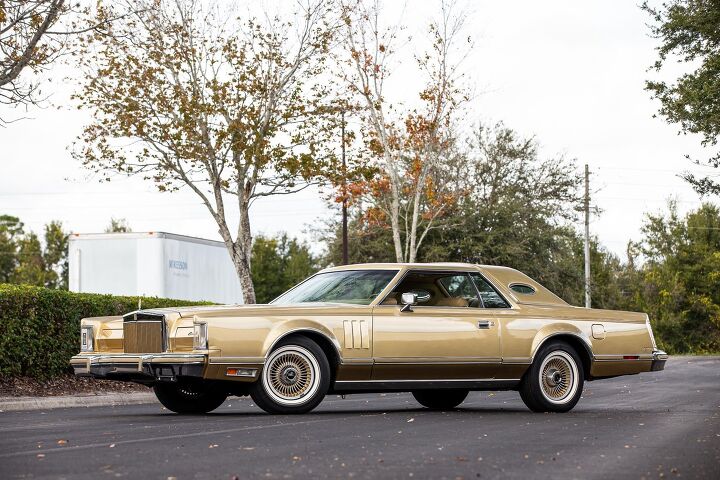


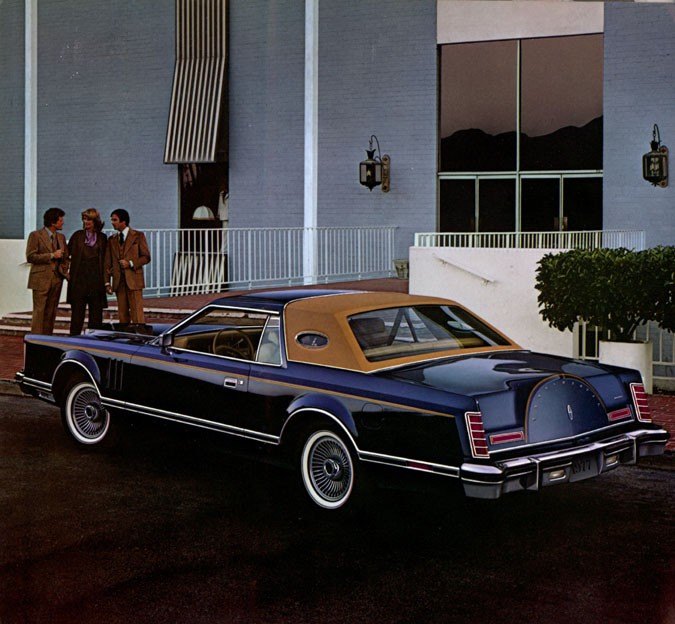
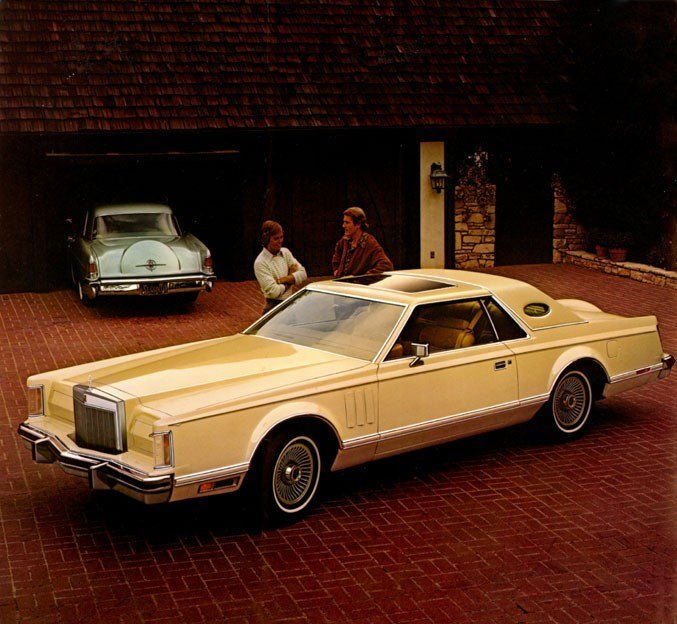
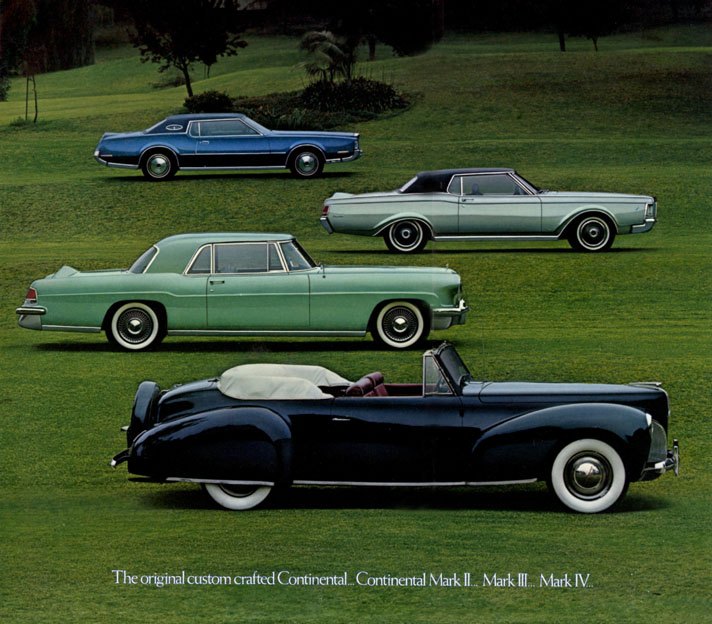

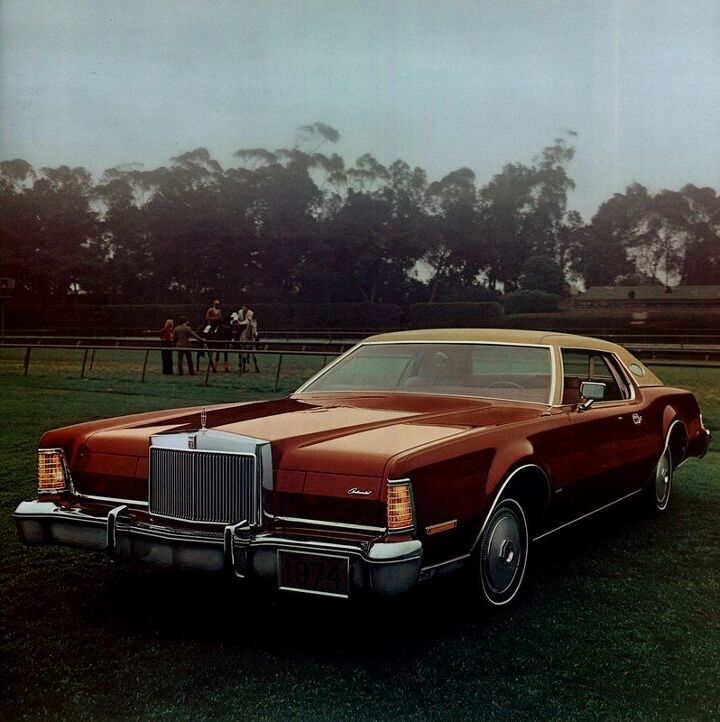
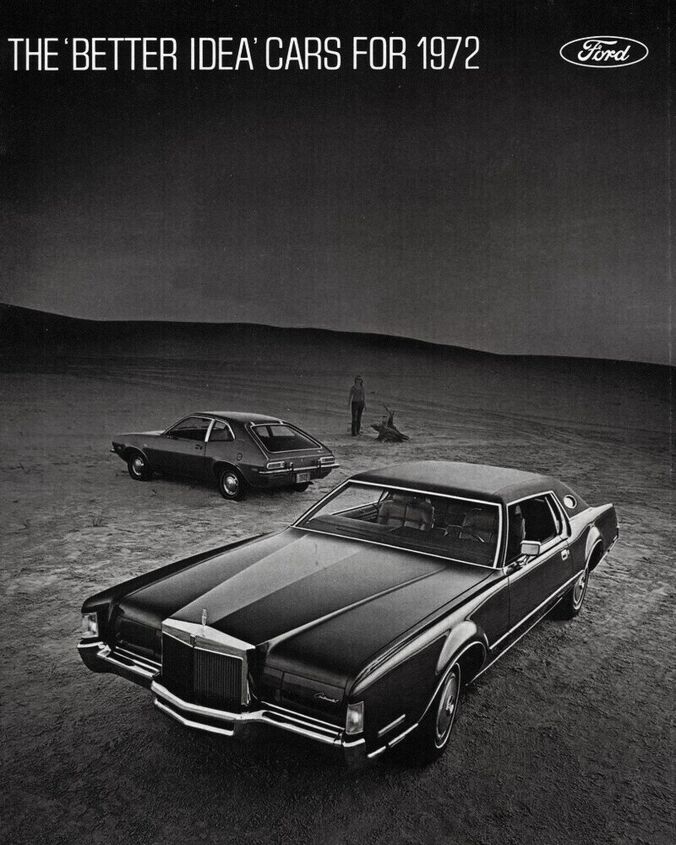
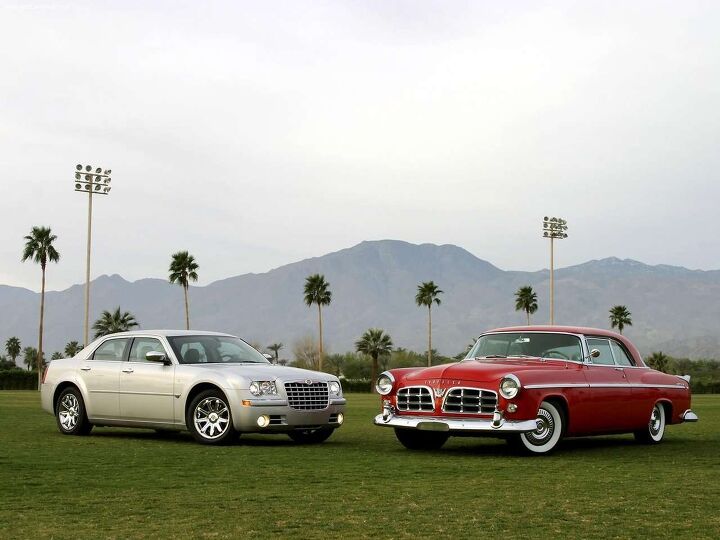
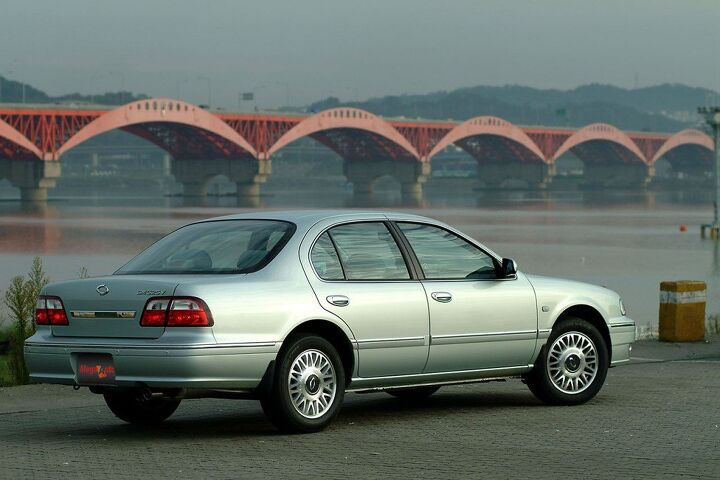
















Recent Comments